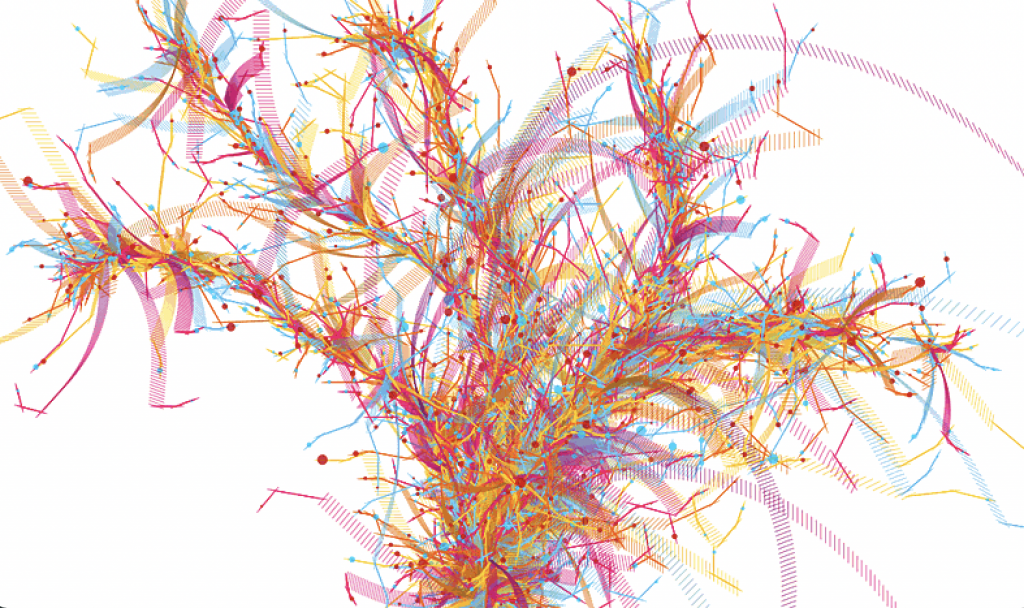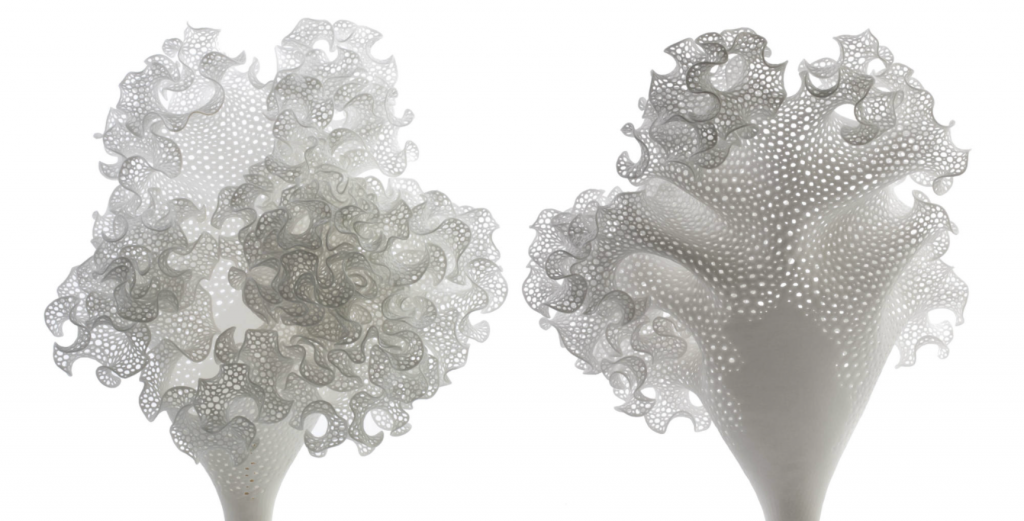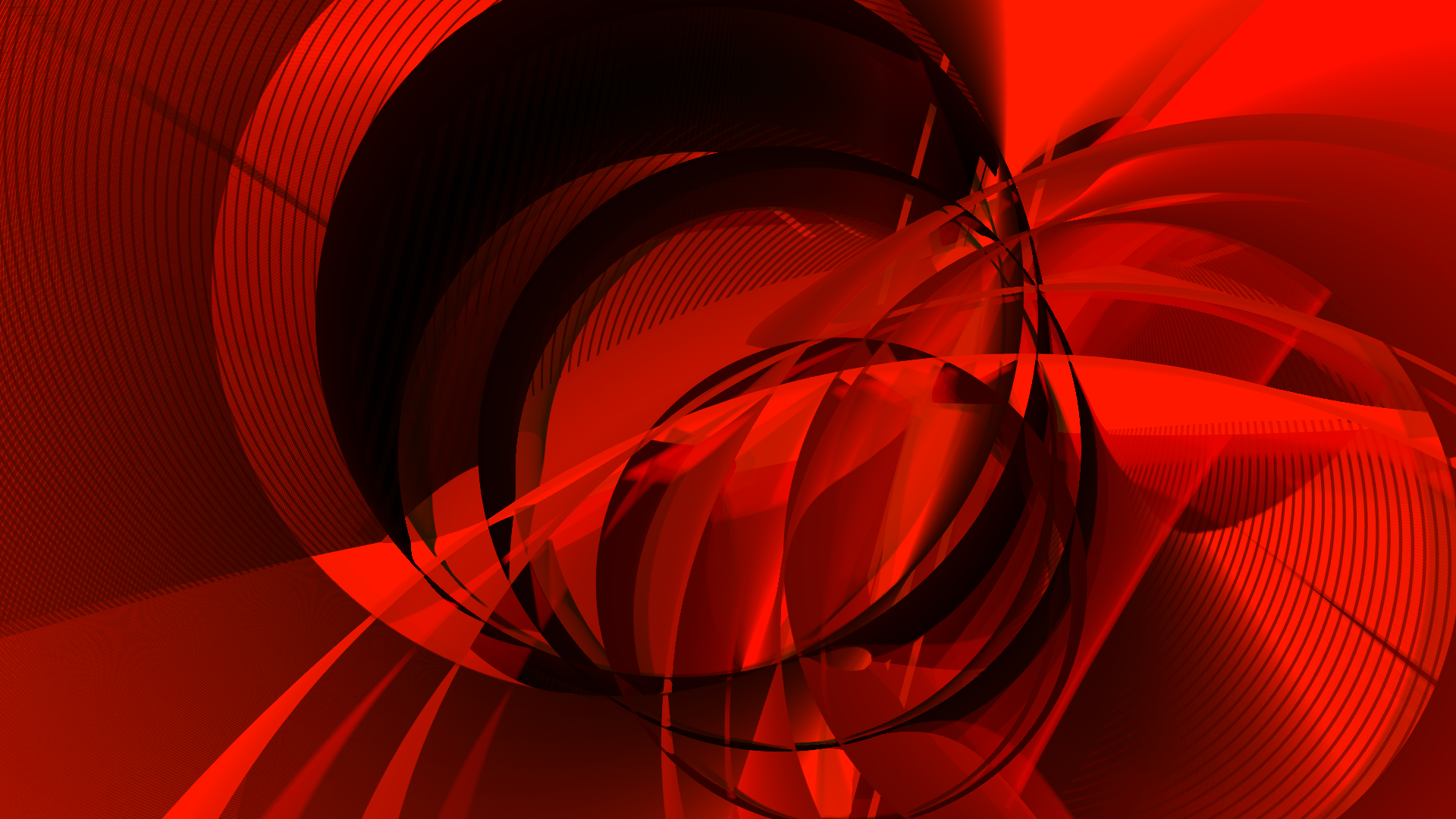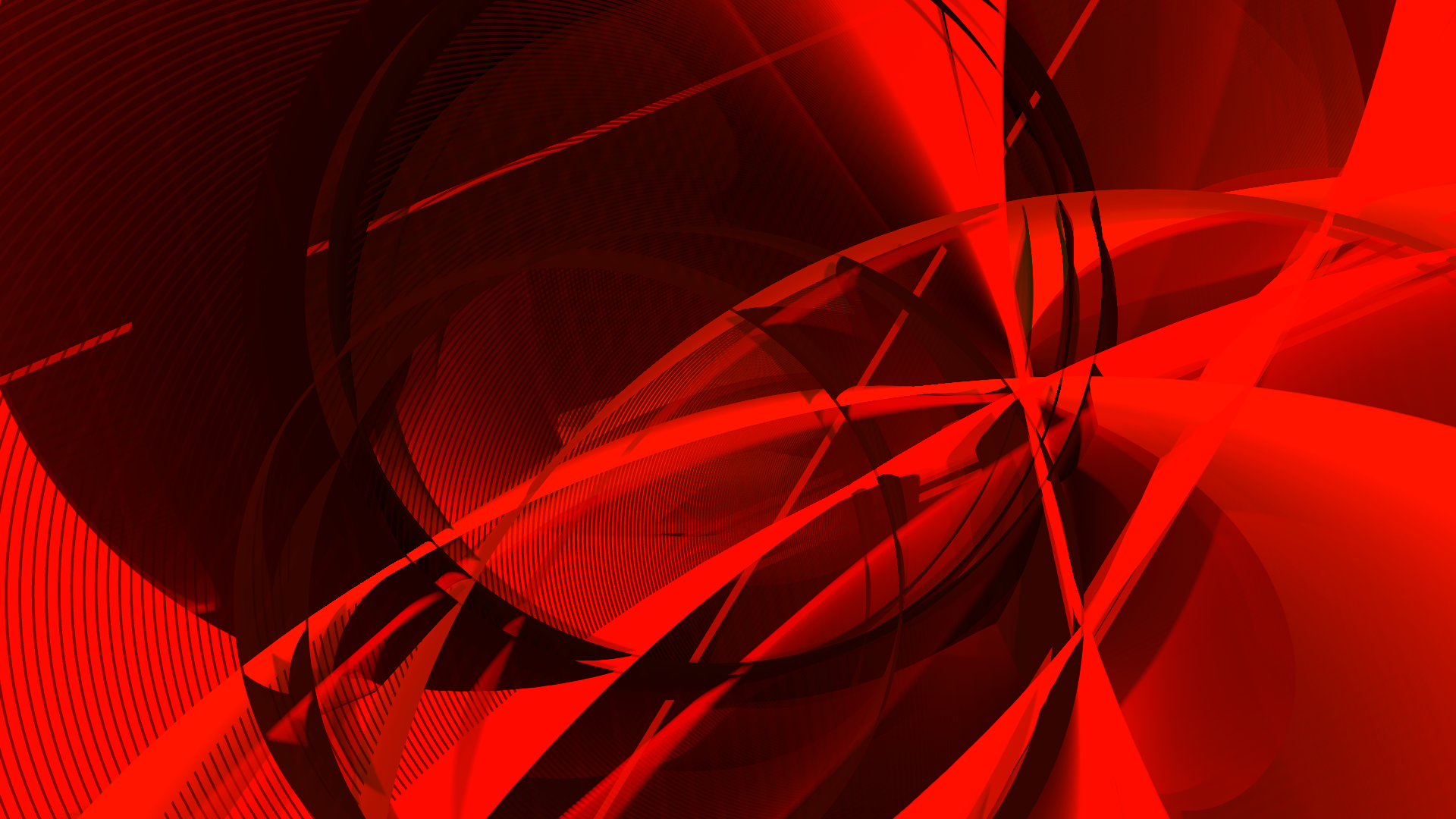sketch
var faceWidth = 400;
var faceHeight = 270;
var awidth = 640; // width as a variable that can change
var aheight = 480; //height as a variable that can change
var eyeposition = 20;
var eyepositionn = 10;
var mouthheight = 300; //original position of
var mouthemotion = 1;
var sidefacewidth = 270;
var sidefaceheight = 400;
var definetheface = 1
var topfence = 0
function setup() {
createCanvas(640, 480);
}
function draw() {
//coding for first condition starts
if (0<definetheface & definetheface<1){ //first*condition
background(242,85,0);
fill(35, 89, 41);
rect(50,50, 550, 380);
fill(255,234,117);//face color
strokeWeight(1);
ellipse(width / 2, height / 2, faceWidth, faceHeight);
var eyeLX = width / 2 - faceWidth * 0.2;
var eyeRX = width / 2 + faceWidth * 0.2;
beginShape();
noFill();
strokeWeight(2);
curveVertex(eyeLX - eyeposition, aheight/2 - eyepositionn);
curveVertex(eyeLX - eyepositionn , aheight / 2 - eyepositionn);
curveVertex(eyeLX, aheight / 2);
curveVertex(eyeLX - 2* eyepositionn , aheight /2 - eyepositionn);
curveVertex(eyeLX - 2* eyeposition, aheight /2 - eyeposition);
endShape();
beginShape();
noFill();
strokeWeight(2);
curveVertex(eyeRX - eyeposition, aheight/2 - eyepositionn);
curveVertex(eyeRX - eyepositionn , aheight / 2 - eyepositionn);
curveVertex(eyeRX, aheight / 2);
curveVertex(eyeRX - 2* eyepositionn , aheight /2 - eyepositionn);
curveVertex(eyeRX - 2* eyeposition, aheight /2 - eyeposition);
endShape();
fill(0);
strokeWeight(1);
ellipse(width / 2, height / 2, eyeposition, eyepositionn);
if(0 < mouthemotion & mouthemotion < 1){
arc(width/2, mouthheight, 100, 50, 1*Math.PI, 0*Math.PI, CHORD);
} else if (1 < mouthemotion & mouthemotion < 2){
arc(width/2, mouthheight, 100, 50, 0*Math.PI, 1*Math.PI, CHORD);
} else if (2 < mouthemotion & mouthemotion <3){
arc(width/2, mouthheight, 100, 50, 0*Math.PI, 0*Math.PI, CHORD);
}
//heart
fill(255,0,0);
strokeWeight(1);
arc(100, 100, 20, 20, PI, 0);
arc(120, 100, 20, 20, PI, 0);
triangle(90, 100, 130, 100, 110, 130);
arc(500,200,20,20, PI, 0);
arc(520,200, 20, 20, PI, 0);
triangle(490, 200, 530, 200, 510, 230);
strokeWeight(1);
fill(255,0,0);
rect(mouseX, mouseY, 50,50)
fill(0,0,230);
beginShape();
vertex(mouseX,mouseY);
vertex(mouseX+10,mouseY-30);
vertex(mouseX+25,mouseY-0);
vertex(mouseX+40,mouseY-40);
vertex(mouseX+50,mouseY-0);
endShape(CLOSE);
//coding for second condition starts
}else if (1<definetheface & definetheface<2){ //second*condition
background(255,0,106);//background color
fill(0,255,0);
ellipse(mouseX, mouseY, 40, 40);
fill(0,0,255);
strokeWeight(0);
circle(0,0,50);
circle(50,0,50);
circle(100,0,50);
circle(150,0,50);
circle(200,0,50);
circle(250,0,50);
circle(300,0,50);
circle(350,0,50);
circle(400,0,50);
circle(450,0,50);
circle(500,0,50);
circle(550,0,50);
circle(600,0,50);
circle(650,0,50);
fill(255); //color of the face
strokeWeight(1);
ellipse(width / 2, height / 2, sidefacewidth, sidefaceheight);
strokeWeight(2); //stoke of eye
if(mouthemotion<1.5){
line(250, 150, 280, 160);
line(280, 160, 250, 170);
}else{
line(260, 150, 230, 160);
line(230, 160, 260, 170);
}
fill(0); //color of the nose
ellipse(width/2 - sidefacewidth*0.5, height/2-sidefaceheight*0.1, sidefacewidth/5, sidefaceheight/7);
if(0 < mouthemotion & mouthemotion < 1){
arc((width/2-sidefacewidth/2)+10, mouthheight, 100, 50, 0*Math.PI, 0.5*Math.PI, CHORD);
} else if (1 < mouthemotion & mouthemotion < 2){
arc((width/2-sidefacewidth/2)+10, mouthheight, 100, 50, 1.2*Math.PI, 0.6*Math.PI, CHORD);
} else if (2 < mouthemotion & mouthemotion <3){
arc((width/2-sidefacewidth/2)+10, mouthheight, 70, 30, 0.5*Math.PI, 1.5*Math.PI, CHORD);
arc((width/2-sidefacewidth/2)+10, mouthheight+20, 70, 30, 0.5*Math.PI, 1.5*Math.PI, CHORD);
}
fill(0,255,0);
ellipse(mouseX, mouseY, 40, 40);
// coding for third condition starts
}else{ // third*condition
background(180);
strokeWeight(2);
fill(0,255,0);
//clover
circle(mouseX, mouseY, 30);
circle(mouseX+30, mouseY, 30);
circle(mouseX+15, mouseY-27,30)
noFill();
arc(mouseX-20, mouseY, 70,70, 0*Math.PI, 0.5*Math.PI);
fill(255,77,0);
strokeWeight(0);
rect(0,0,30,480);
rect(610,-30,30, 480);
fill(187,240,252);//color of face
strokeWeight(1);
ellipse(width/2-sidefaceheight/2, height/2,50); //ear left
ellipse(640-(width/2-sidefaceheight/2),height/2,50); // ear right
ellipse(width/2, height/2, sidefaceheight, sidefaceheight);
fill(0);
ellipse (width/2 - sidefaceheight*0.2, 100, 20, 10); //left eye
ellipse (width/2 + sidefaceheight*0.2, 100, 20, 10); //rught eye
ellipse (width/2, height/2 - sidefaceheight*0.5, 10,10); //nose
fill(0);
if(0 < mouthemotion & mouthemotion < 1){
arc(width/2, height/2, sidefaceheight, sidefaceheight, 0*Math.PI, 1*Math.PI);
} else if (1 < mouthemotion & mouthemotion < 2){
arc(width/2, height/2, sidefaceheight, sidefaceheight, 0.25*Math.PI, 0.75*Math.PI);
} else if (2 < mouthemotion & mouthemotion <3){
arc(width/2, height/2, sidefaceheight, sidefaceheight, 1.75*Math.PI, 1.25*Math.PI);
}
strokeWeight(2);
fill(0,255,0);
circle(mouseX, mouseY, 30);
circle(mouseX+30, mouseY, 30);
circle(mouseX+15, mouseY-27,30)
noFill();
arc(mouseX-20, mouseY, 70,70, 0*Math.PI, 0.5*Math.PI);
}
}
function mousePressed() {
// when the user clicks, these variables are reassigned
// to random values within specified ranges. For example,
// 'faceWidth' gets a random value between 75 and 150.
faceWidth = random(350, 450);
faceHeight = random(250, 290);
eyeposition = random (20,30);
eyepositionn = random (10,15);
aheight = random(300,500);
mouthemotion = random (0,3);
definetheface = random (0,3);
sidefacewidth = random (250,300);
sidefaceheight = random (380,470);
}
![[OLD SEMESTER] 15-104 • Introduction to Computing for Creative Practice](../../../../wp-content/uploads/2023/09/stop-banner.png)





